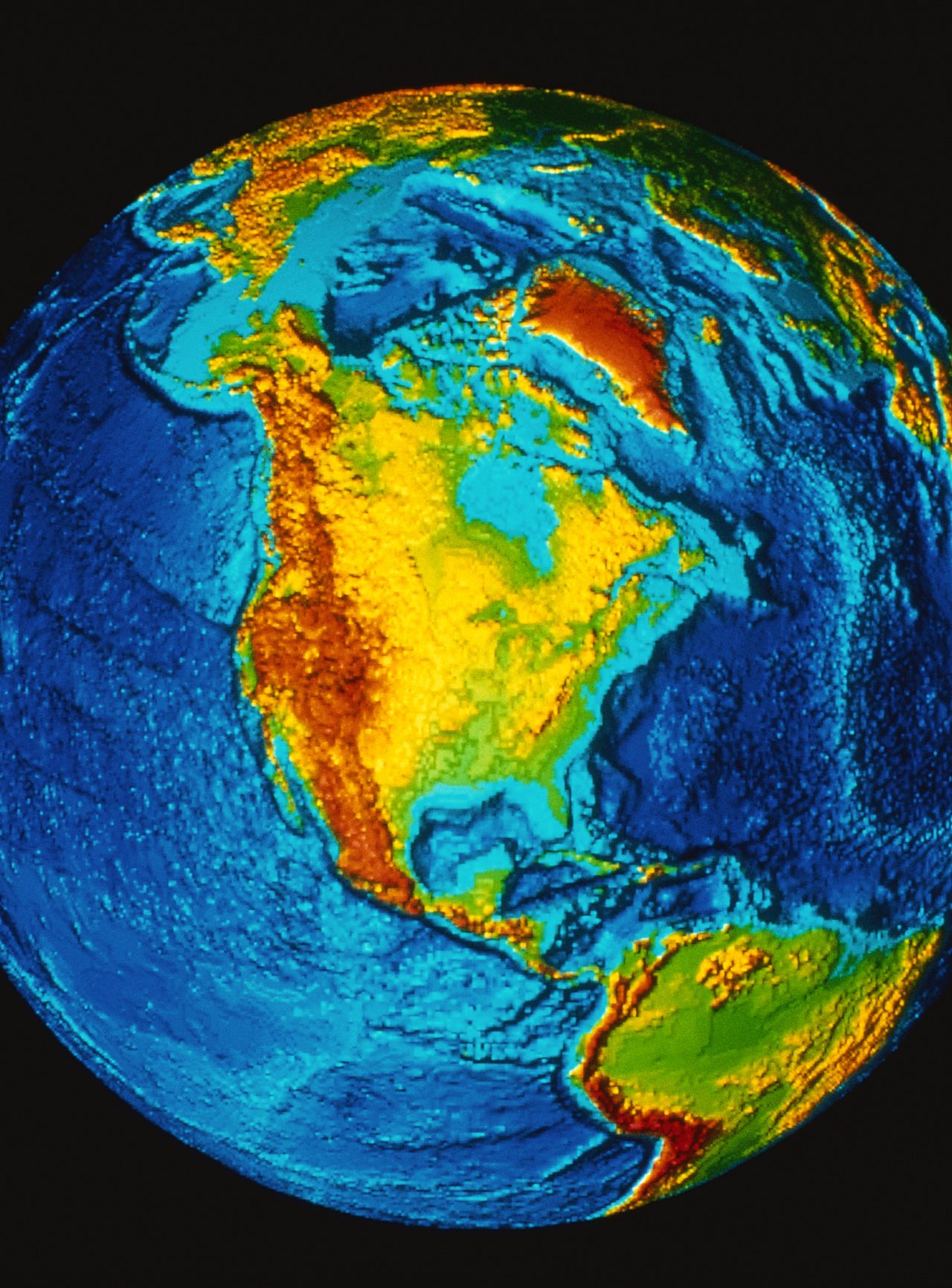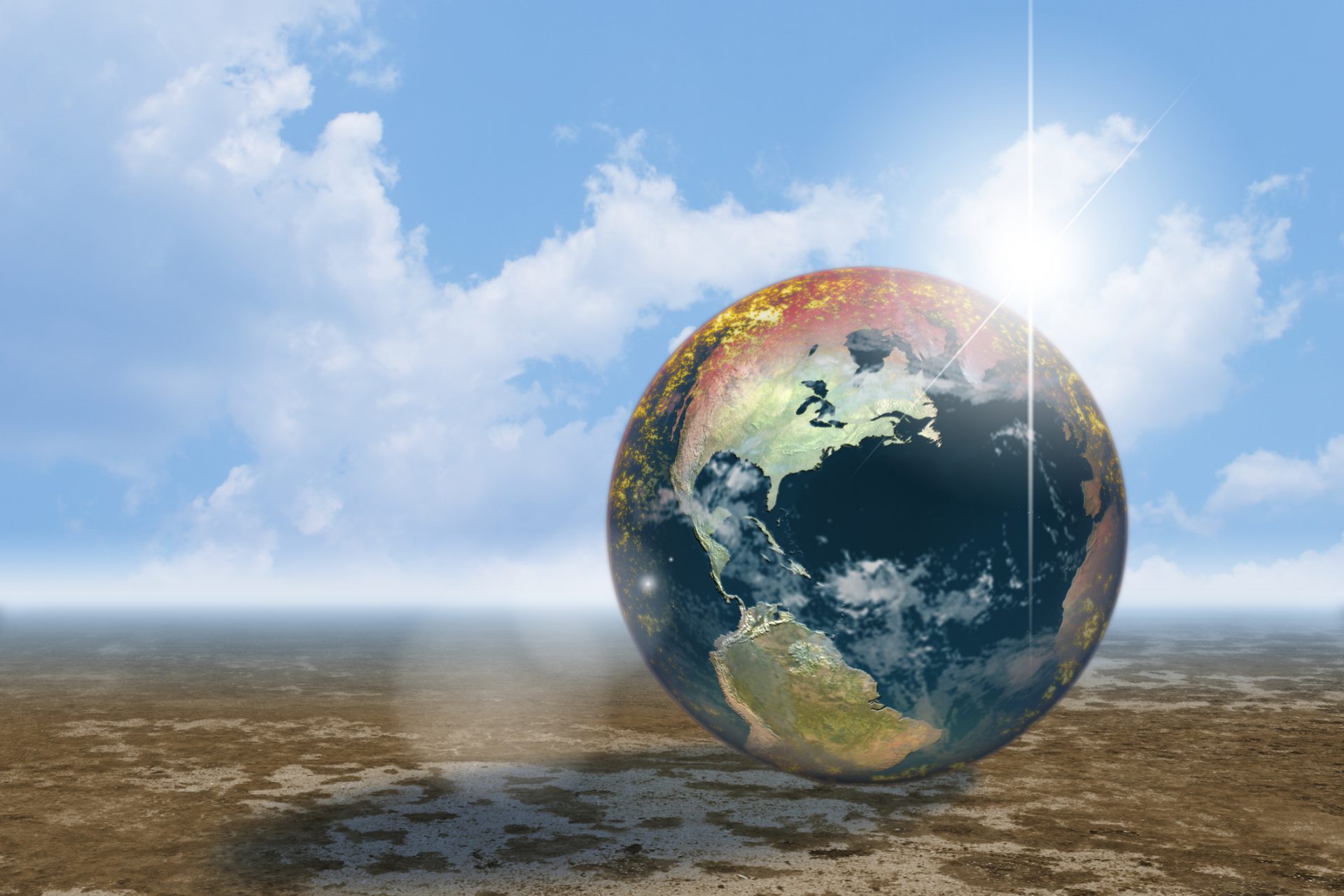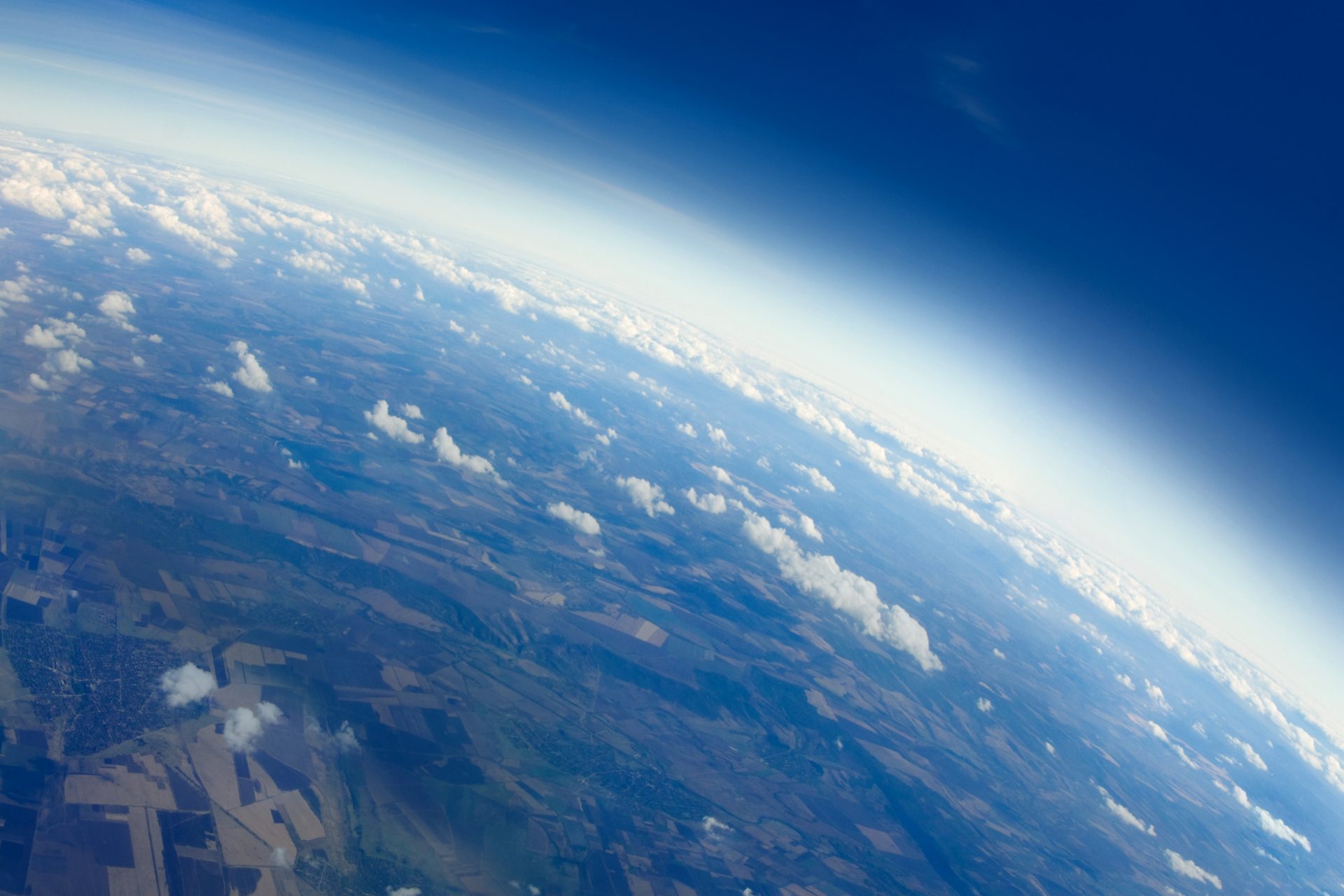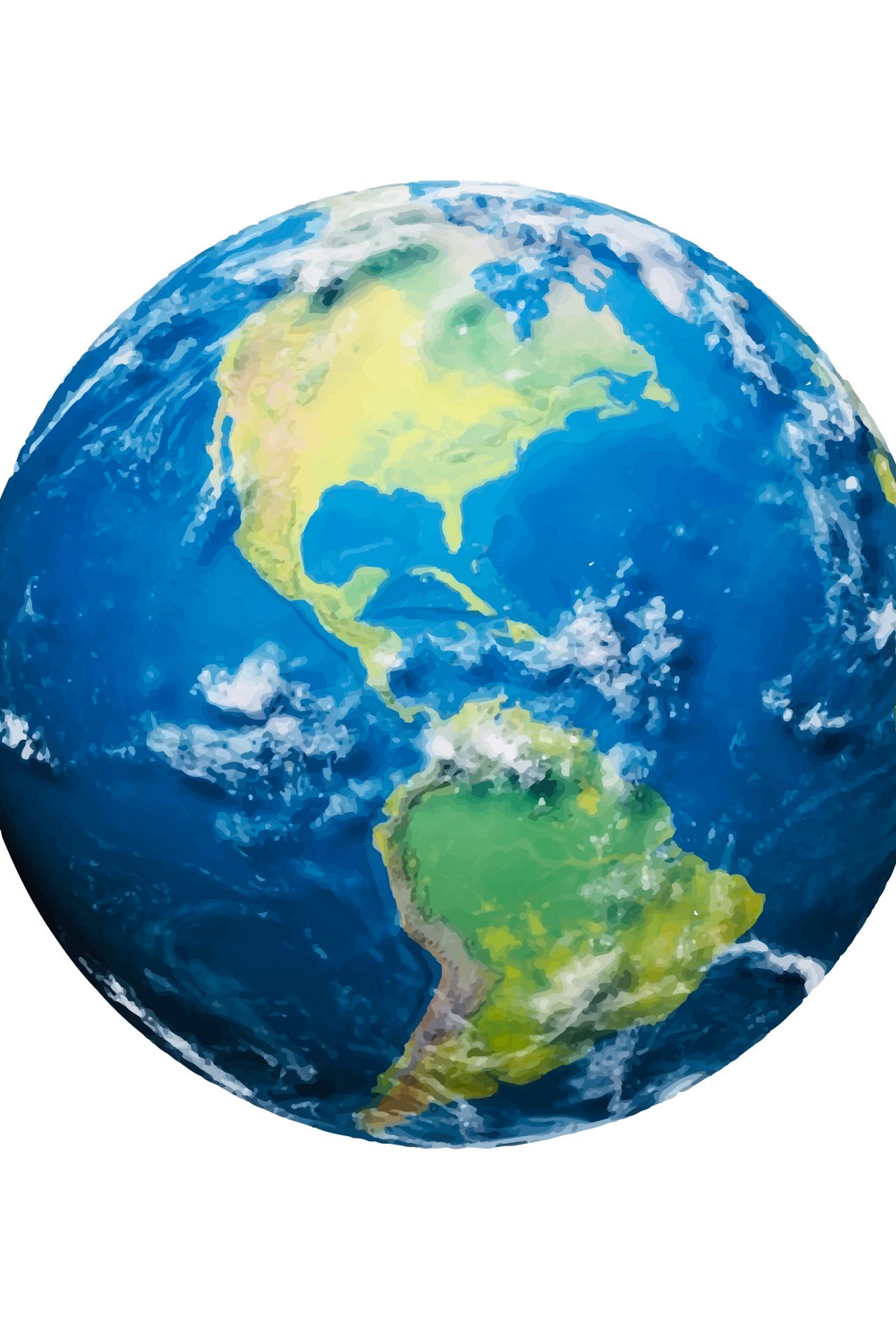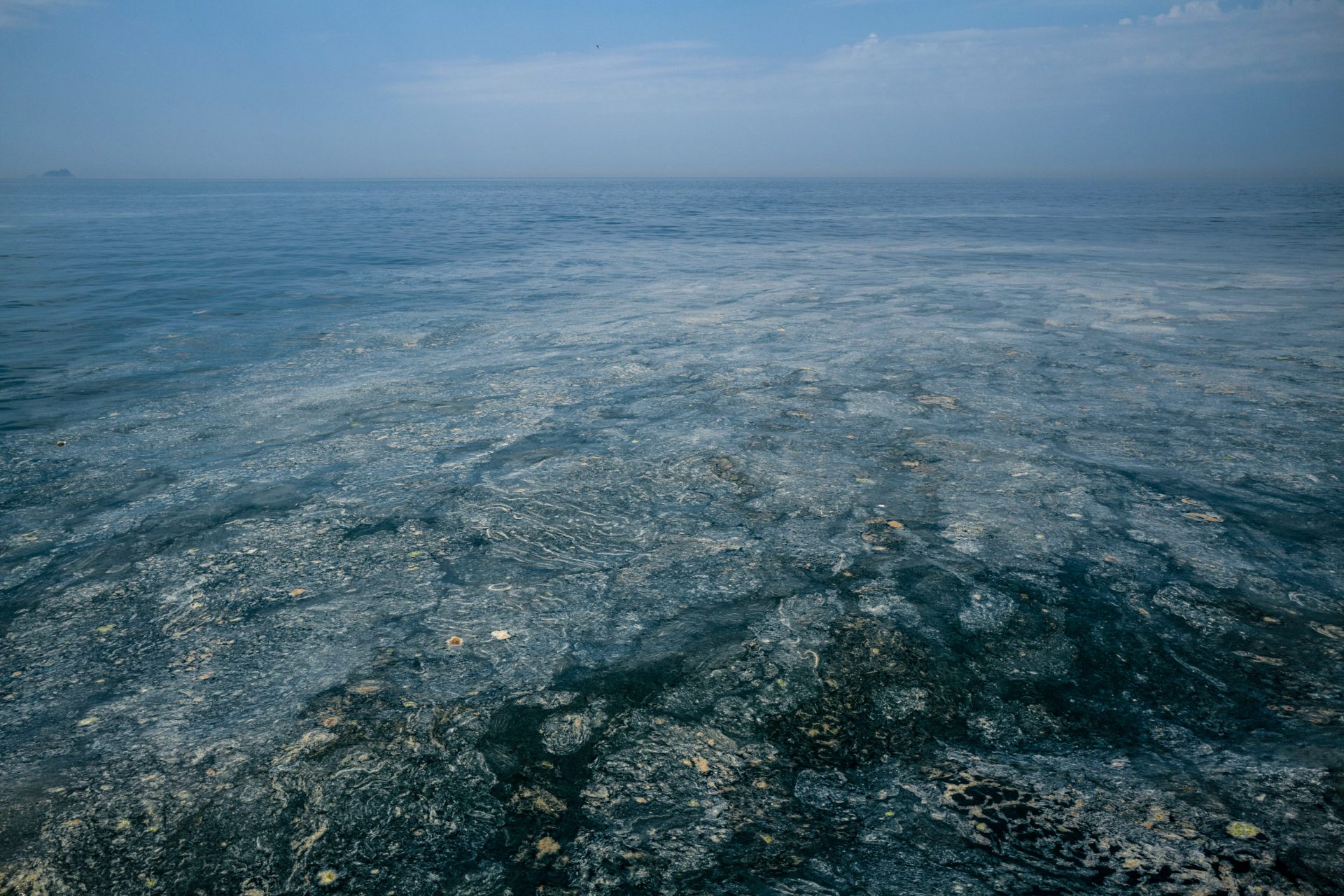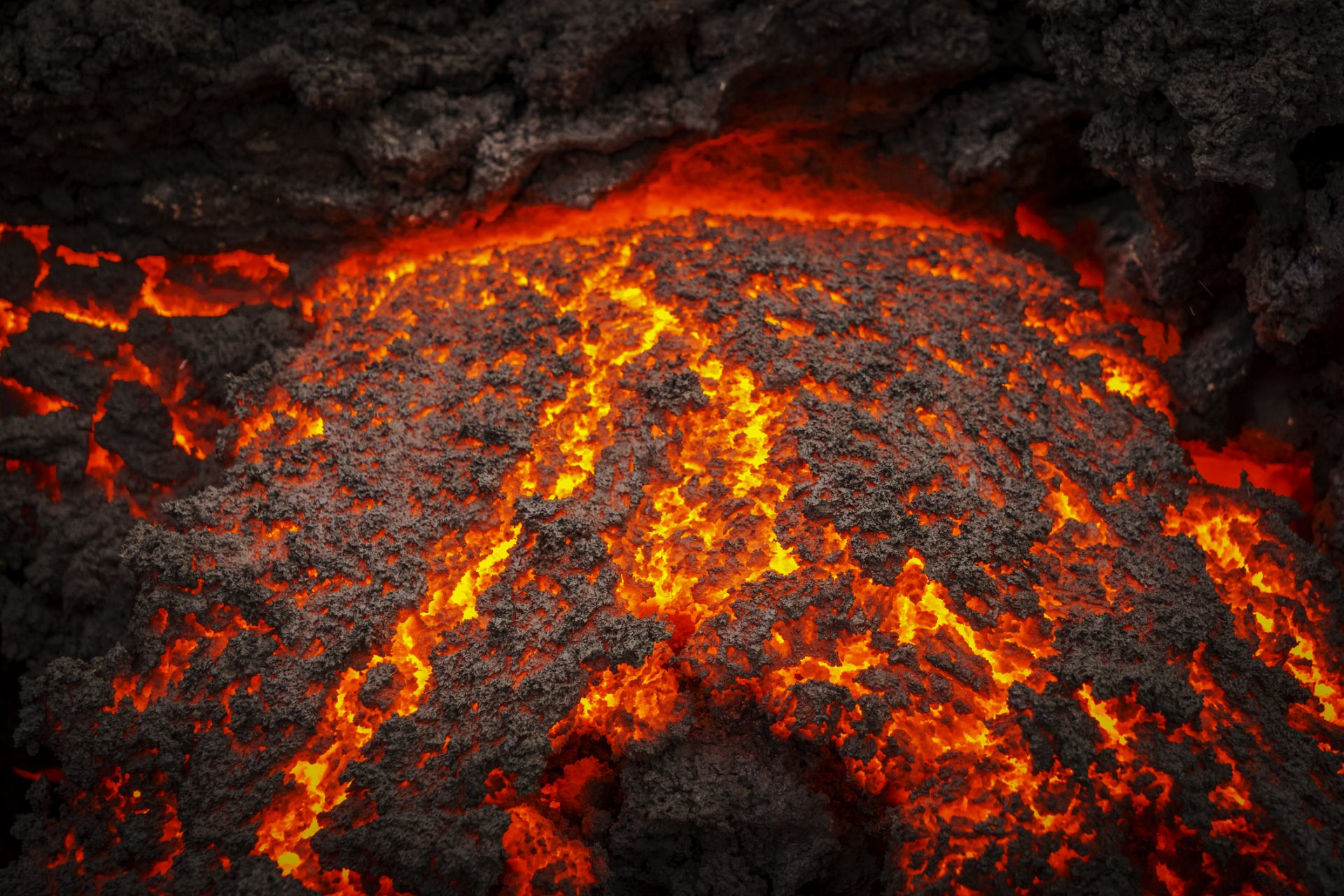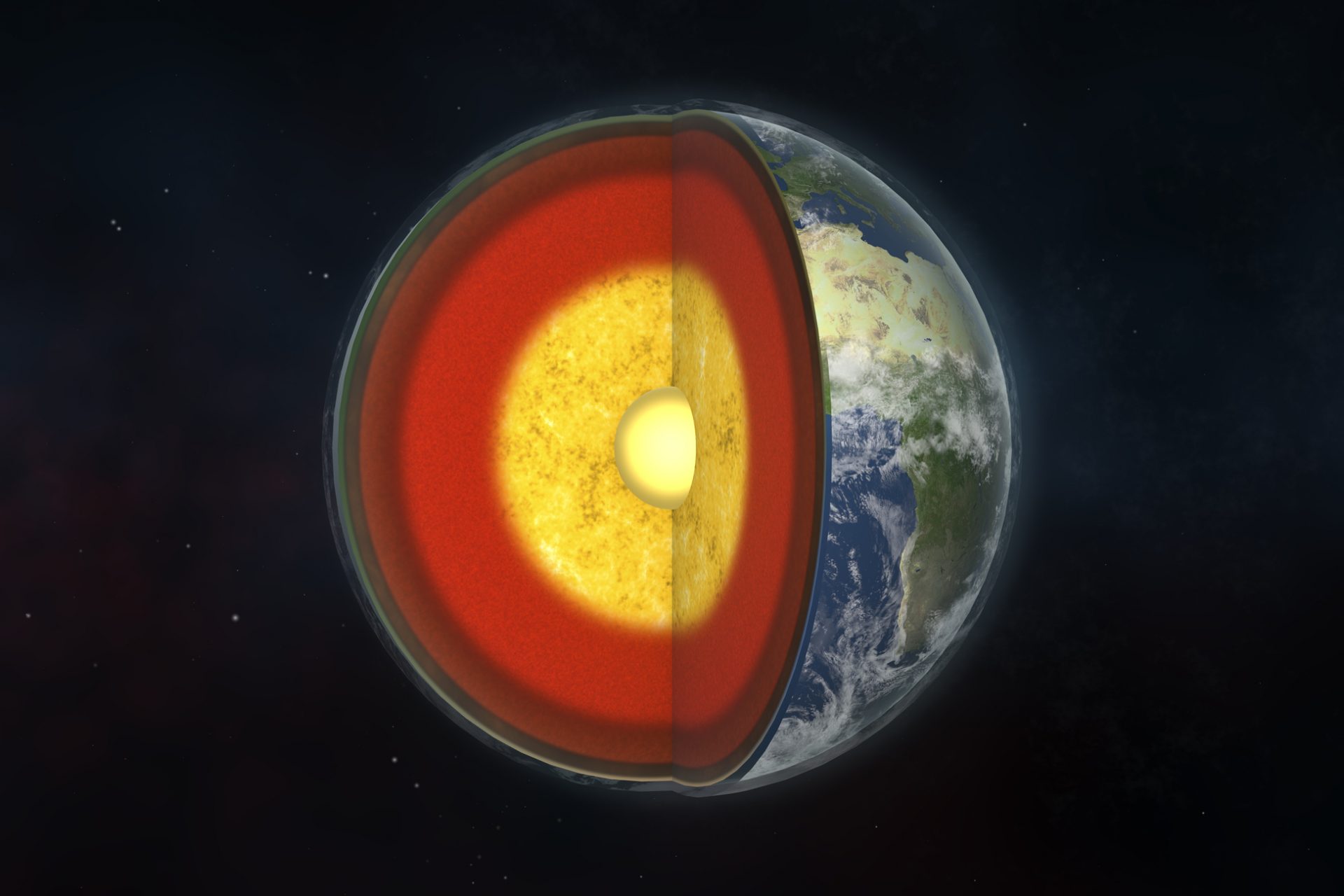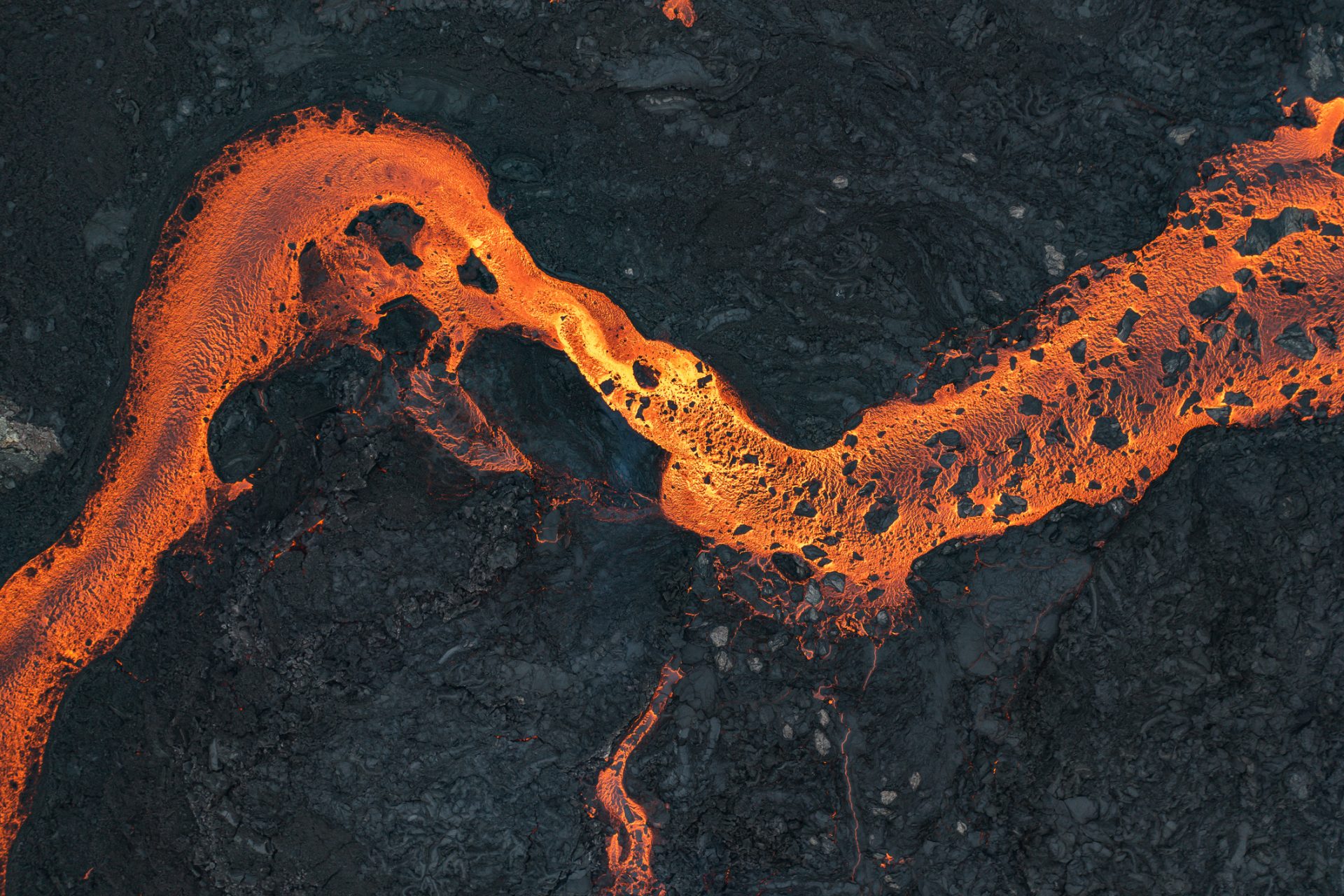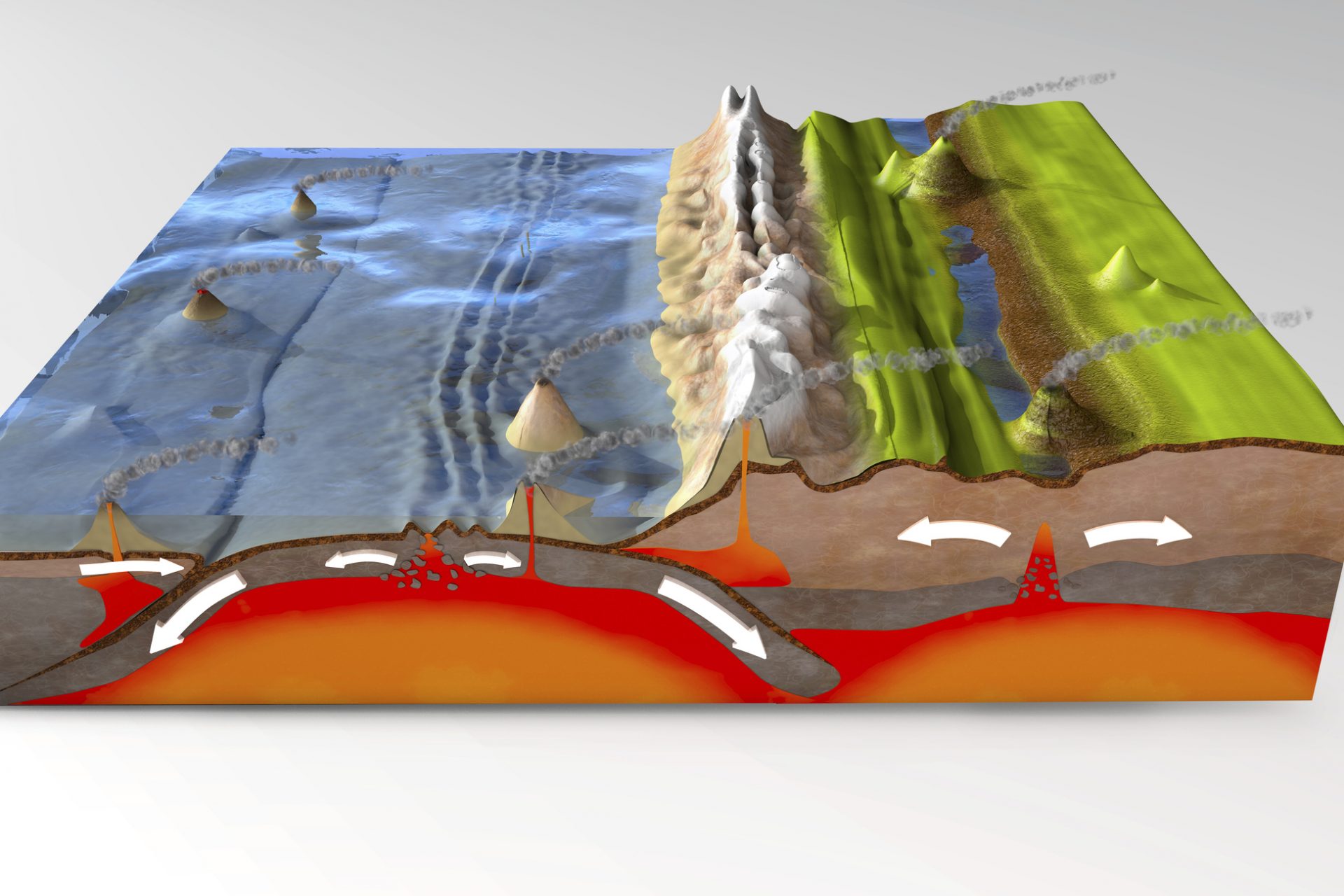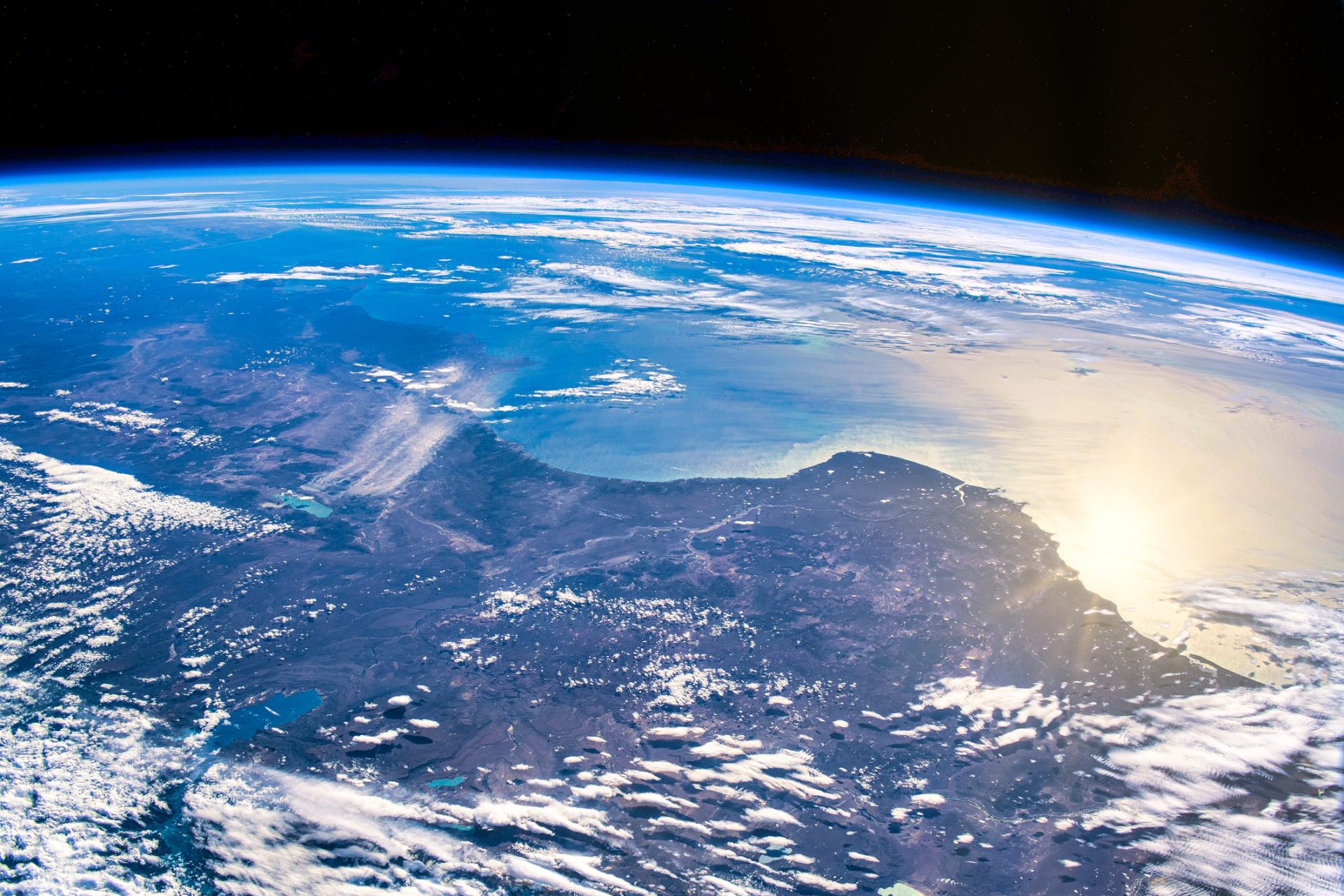The mystery behind the dip in the Indian Ocean might finally solved
Hidden underneath the deepest depths of the Indian Ocean is a spot where the Earth’s gravitational pull is weaker and its mass is lower than most other places on the planet.
This conundrum has baffled scientists ever since it was discovered but a new group of researchers believes they’ve figured out what makes this area of Earth so remarkable.
Using help from the powers of a supercomputer, geologists from the Indian Institute of Science have theorized massive magma plumes could be to blame for the gravity well.
The researchers published their work in the journal Geophysical Research Letters and detailed their conclusions as well as quite a surprising twist about the weird ocean area.
However, before we walk you through the discoveries the scientists made you first need to understand the term geoid and how this geographical phrase affects our oceans.
The Earth isn’t a uniform sphere but rather what study co-author Attreyee Ghosh called a lumpy potato according to CNN. Ghosh noted that “technically [Earth isn’t] a sphere, but what we call an ellipsoid, because as the planet rotates the middle part bulges outward.”
Ghosh went on to explain that a geoid is the level which water on the planets takes and this can be controlled by destiny differences occurring underneath the Earth’s surface.
This concept can be a little hard to understand and this is where Wikipedia comes to our rescue by explaining that a geoid is the shape the ocean takes under gravity’s influence if other factors such as our planet's winds and tides were absent.
“This is how an object orbiting Earth ‘experiences’ our planet's shape,” said Mashable’s Mike Pearl. “It has peaks and valleys that mostly correspond to identifiable causes, and some are no-brainers—like mountain ranges or the deepest depths of the ocean.”
Earth is littered with several gravity holes according to Forbes but none are as profound as the Indian Ocean geoid low, which spans 1.2 million miles and causes a concerning 328-foot dip in the sea level across most of its surface.
“It is by far the biggest low in the geoid and it hasn’t been explained properly,” remarked Ghosh according to CNN. So how exactly did the researchers find their explanation?
In order to figure out just how the Indian Ocean geoid low formed, Ghosh and the other researchers ran nineteen simulations recreating a variety of scenarios that could have happened with the shifting of tectonic plates and the behavior of magma in Earth's crust.
Six of the scenarios produced gravity wells similar to the Indian Ocean geoid low, all of which had the common denominator of plumes of magma present in their simulations.
“Our results demonstrate that the geoid low generated solely by lower mantle slabs is broad and diffuse, which is at odds with what is observed,” the study’s authors wrote.
“However, in the presence of hot anomalies around the region of the geoid low, the shape and amplitude of the [Indian Ocean geoid low] is well reproduced,” the authors continued, pointing out that magma plumes under the Earth’s crust are the culprit.
Ghosh explained to CNN that the geoid low was probably formed 20 million years ago and said the phenomenon could last for a very long time or the movements of plates could make it disappear “a few hundreds of millions of years in the future.”
More for you
Top Stories







